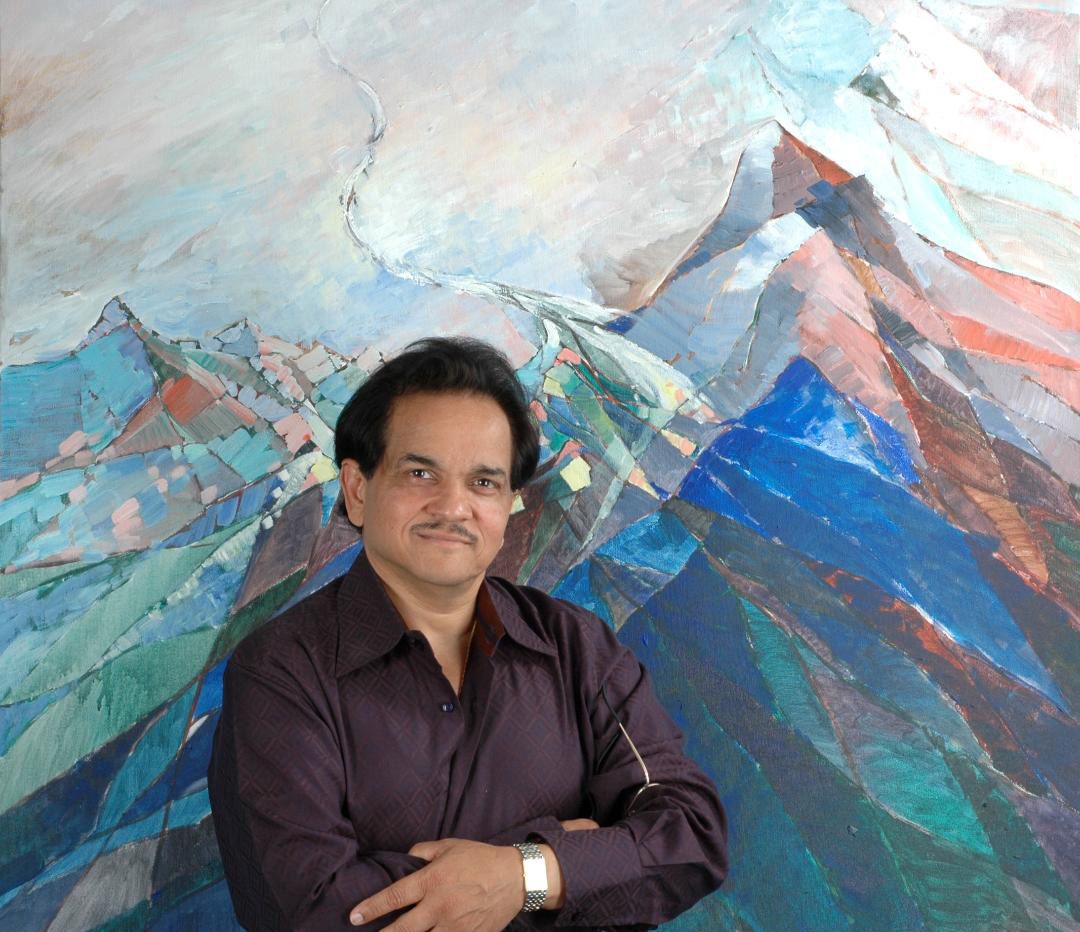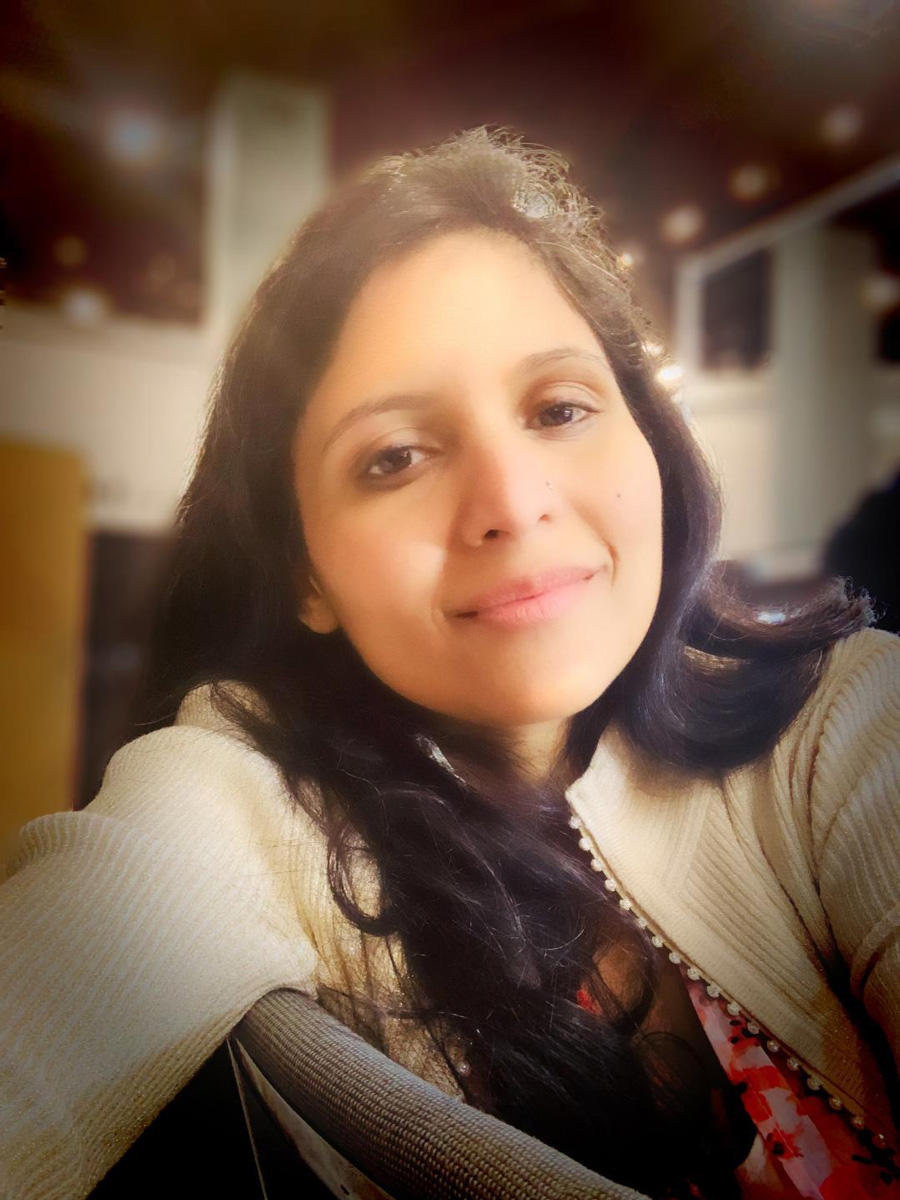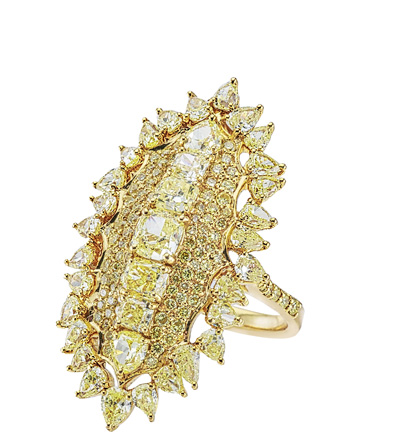It’s in the genes is the perfect way to describe the talent of jewelry designers Yogendra Sethi and his daughter Surbhi Pandya.
The story starts in Indore, located in central India, and continues in New York City. An artist in heart and soul, Sethi began his career by receiving a master’s degree in fine arts at Devi Ahilya Vishwa-vidhyalaya, Indore. He then moved to the U.S. to study business at Armstrong University, Berkeley. Once there, Sethi was fascinated by the landscape of his new environment, continuing his art by painting watercolors of the scenery around him. Color is a key element in his work and he eventually found his way into the world of colored gemstones.
“When I entered the gemstone market, I saw hundreds of colors of gemstones. I loved the colors and I understood them from art. I was infatuated with the colors of the stones and I started to combine the colors in many variations. Then I would present those color combinations in jewelry. It was different from what others were doing,” recalls Sethi, who continues to paint and design using vibrant colors. Occasionally, he creates a piece of jewelry based on one of his paintings. Those are always very special one-of-a-kind collector pieces and are part of his Signature collection at VIVAAN.
Sethi passed the art gene to his daughter Surbhi Pandya. She says that art has always been her forte and notes that she has learned much from her father, referring to him as her guru. “I grew up drawing and painting from a very young age, which gave me a very easy hand in jewelry design,” says Pandya, who got married and then moved to New York. In New York, Pandya continued painting and began selling her art. She also began designing jewelry for friends and decided to brand her creations, which was the launch of her collection, VIVAAN.
The designs created by father and daughter are quite diverse — his are larger pieces that are geared toward collectors and art lovers. Designed for the younger generations, her pieces are trendy with a bit of edginess.
“When it comes to designing, I am in tune with my subconscious mind. When I am in an alpha brain state, ideas flow. A client will often pick up a piece and say that it feels like it has been made specifically for them. It’s a subconscious link,” explains Pandya. “I can be inspired by anything — a cloud, a leaf, a speech. It is the process of transition, from procuring and selecting the gems to sketching the idea to the completion of the piece. There is a huge sense of satisfaction and there is always a moment of gratitude, when creativity flows through me so that I can create jewelry.”
Sethi designs to appeal to those who are looking for something unusual. “People want to wear a piece of their personality on themselves; everyone is attracted to something that talks to them,” he observes.
Diamonds are a big component of the jewelry made by each designer and the diamonds selected create a unique feeling for each piece. “Diamonds are the king of gems,” comments Pandya. “Diamonds influence the human psyche. They open up the crown chakra [an energy center at the top of the head] and bring clarity. I want to share that with the rest of the world.”
Both designers use fancy shape diamonds in their work, but in very different ways. Pandya works with vintage-inspired diamonds – rose cut, old mine, taveez and briolette. “I’m attracted to the old cuts because they bring a lot of fire, rather than light. When you look at a modern diamond, it throws so much light that you only look at the diamond and not the person wearing it. An older cut blends with the personality of the person wearing it and the diamond adds to their personality.”
Sethi likes to use unusual-shaped diamonds that even for fancy shapes are not often seen in jewelry, such as hexagons and kites, for example. He explains that in the past, fancy shapes were generally for royalty or used in more special-occasion jewelry, but now people want a piece that is more personal. “It is setting a trend in uniqueness,” concludes Sethi. “If there are lots of small diamonds around a stone, the center stone needs to be unique. When you have a unique gemstone, it becomes forever jewelry.”





